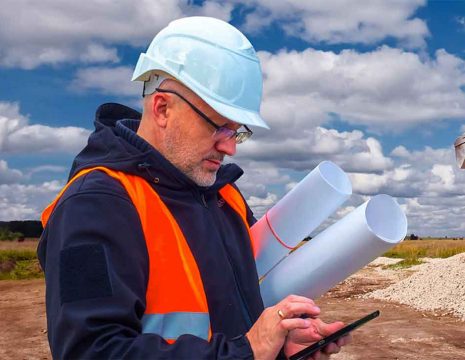For many organisations, smartphones have become an integral part of everyday among field based teams, either as a companywide deployment or a Bring Your Own Device policy. While powerful handheld computers have ushered in several advancements, including the multitude of available apps, group messaging and emails – consumer smartphones face their difficulties.
Although push-to-talk is fully compatible and available on the App Store and Google Play, when it comes to field based communications, consumer smartphones are not equipped with push-to-talk communication in mind. Critical or field based workers do not have time to launch their mobiles and enter a number each time to request support.
Here are six key reasons push-to-talk constructed devices are better suited for push-to-talk over regular cell phones.
- Longer battery life
This is an essential factor when determining which device is suitable for industries that require people working in the field or those deployed remotely on long hour shifts. Two-way radio built smartphones ensure longer battery life as a quality standard.
- Sound quality
Two-way radios reduce background noises such as wind, rain, construction noises, voices and more. This makes them highly useful tools in many more situations than the average mobile phone.
- Durability
Those working in the areas of security, construction, manufacturing and hospitality all require heavy-duty two-way radios or a ruggedized purpose built smart phone. This allows them to withstand wet and windy conditions. Most cell phones are not durable and will crack under the pressure of a single drop of water not to mention in poor weather conditions.
- Ease of use
With a programmable push-to-talk and SOS button built on the outer shell of the smartphone team members are able to communicate instantly. With communication accessible at the push of a button, lone workers are better supported.
- Communication
In addition to one-to-one communication, the solution also allows for group calls, making it convenient for team collaboration or delivery of an urgent voice/text message to multiple people simultaneously. Advanced solutions allow calls to be made in predefined groups or an ad hoc group that can be created on-the-go.
- Affordability
Cost effective, reasonably priced smart push-to-talk devices are seamless examples of how these solutions are bettering the standard mobile devices, especially when weighing in the additional features that come with it.
A fine example of an affordable field-built mobile device, is the Cyrus CS22. Cyrus combines a powerful smartphone feature set with a rugged design. Although it’s designed for tough conditions, it doesn’t sacrifice the beauty that you’d expect from a smartphone.
Engineered to meet military standard -810G and IP68 standards, the Cyrus CS22 is a fully featured 4G/LTE Android smartphone with a programmable push-to-talk and SOS emergency button for instant communications. It comes with a large 4.7inch touchscreen, 13 megapixel camera and an easy-to-connect pogo pins for fast charging and a replaceable 4400mAh battery that can be swapped out in the field.
For more information on push-to-talk and instant communications, get in touch with Storm today.



